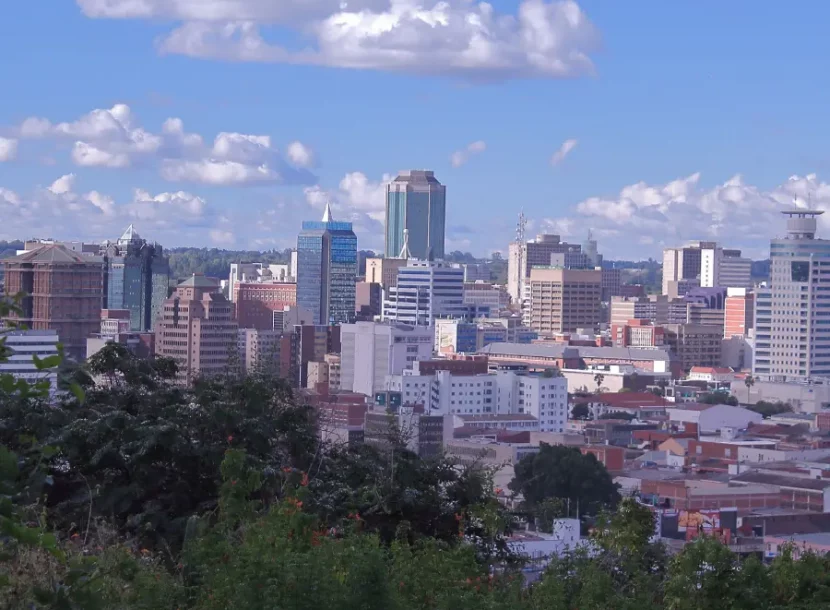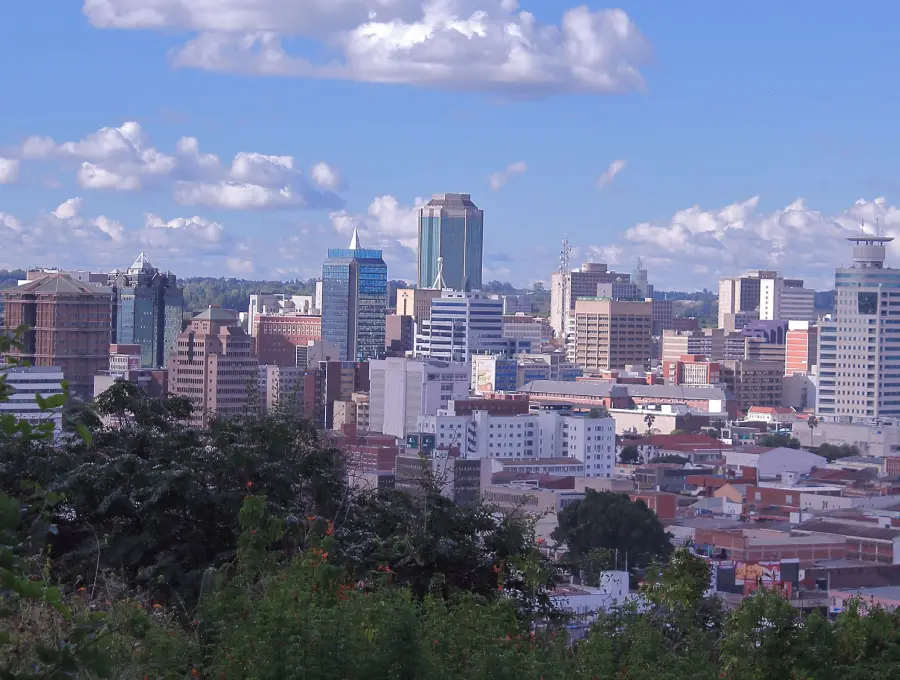
About Mount Hampden
Mount Hampden, located in the Mashonaland West Province, Zimbabwe is about 11 miles North West from the capital, Harare. Along the Old Mazowe road, this area of 11.43 sqkm has been allocated towards building a new city that represents a new era for Zimbabwe, as well as a special economic zone exclusively for investors.
Mount Hampden was the intended original destination for the Capital of Zimbabwe. When the occupying Pioneer Column set off for Zimbabwe on June 28 1890. Mt Hampden was set to be its final destination; so would have been the Capital of Zimbabwe.
Mount Hampden was named by hunter & explorer Frederick Courtney Selous after John Hampden, the Puritan leader during the Cromwellian Wars in Britain. However, without a nearby source of water, the Column eventually settled at the Kopje, 20km south, from the present-day Harare city centre was built. The need for a city that meets modern needs & the limited space in Harare forced authorities in 2012 to rethink an idea first mooted nearly 120 years before.
It was decided that a new city be built around the Mt Hampden area, with the new Parliament Building being the stimulus for development. Water this time would not be a problem. Mazowe and Kunzvi dams, including four other smaller water bodies, will supply the new city with water.
The vision of the City was birthed by Shaji ul Mulk, the Founder & Chairman of Mulk International. The land was granted from the government to the master developers Mulk International.
ABOUT MOUNT HAMPDEN

Mount Hampden, located in the Mashonaland West Province, Zimbabwe is about 11 miles North West from the capital, Harare. Along the Old Mazowe road, this area of 11.43 sqkm has been allocated towards building a new city that represents a new era for Zimbabwe, as well as a special economic zone exclusively for investors.
Mount Hampden was the intended original destination for the Capital of Zimbabwe. When the occupying Pioneer Column set off for Zimbabwe on June 28 1890. Mt Hampden was set to be its final destination; so would have been the Capital of Zimbabwe.
Mount Hampden was named by hunter & explorer Frederick Courtney Selous after John Hampden, the Puritan leader during the Cromwellian Wars in Britain. However, without a nearby source of water, the Column eventually settled at the Kopje, 20km south, from the present-day Harare city centre was built. The need for a city that meets modern needs & the limited space in Harare forced authorities in 2012 to rethink an idea first mooted nearly 120 years before.
It was decided that a new city be built around the Mt Hampden area, with the new Parliament Building being the stimulus for development. Water this time would not be a problem. Mazowe and Kunzvi dams, including four other smaller water bodies, will supply the new city with water.
The vision of the City was birthed by Shaji ul Mulk, the Founder & Chairman of Mulk International. The land was granted from the government to the master developers Mulk International.
- 01. New Parlament Building
- 02. A Presidential Palace
- 03. The Supreme & High Courts
- 04. The Reserve Bank Headquarters
- 05. Mineral Auction Centres
- 06. National Stock Exchange
- 07. Agricultural Area
- 08. Solar Powered Plant
landmarks
- 01. New Parlament Building
- 02. A Presidential Palace
- 03. The Supreme & High Courts
- 04. The Reserve Bank Headquarters
- 05. Mineral Auction Centres
- 06. National Stock Exchange
- 07. Agricultural Area
- 08. Solar Powered Plant
ATTRACTIONS OF THE CITY
A new centre for urban expansion & development
A business destination where external & internal investors flock to
A vibrant tech ecosystem
A special economic zone for free trade and export
A robust, environment friendly smart city.
A blend of conventional planning & futuristic elements.
A buzzing hub for governmental, commercial, industrial, institutional, hospitality & residential activities
Easy access and connectivity between urban nodes, lowdensity residential zones
Sustainability & tropical wonder with open spaces.
connectivity






